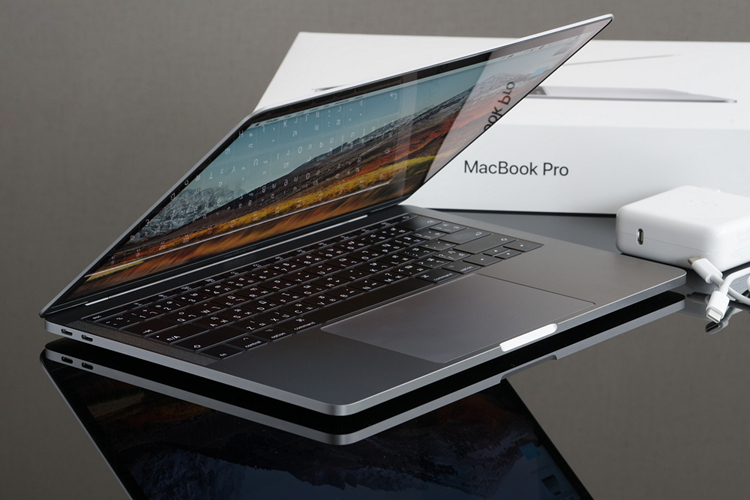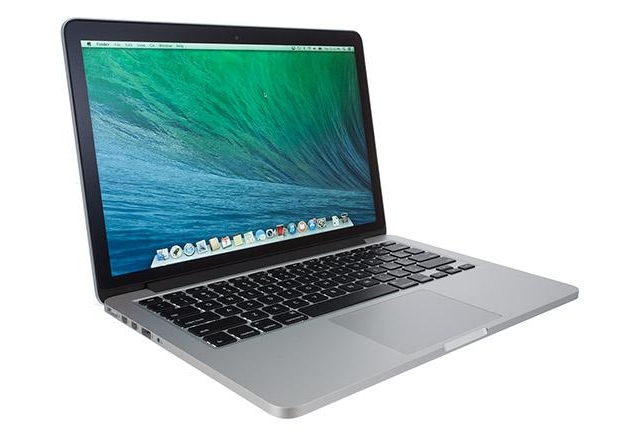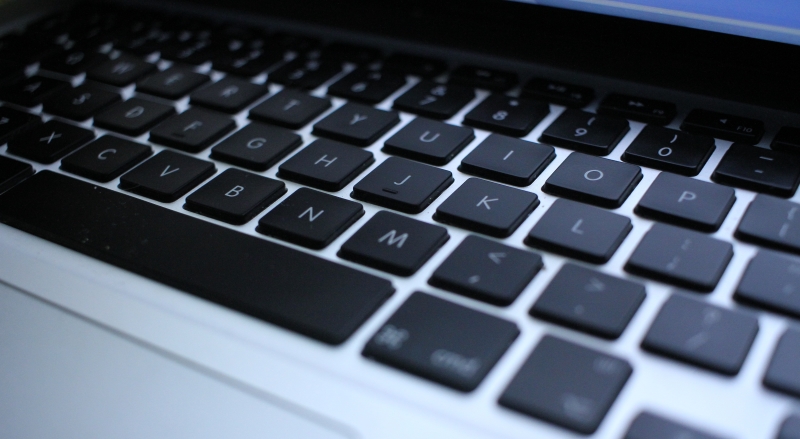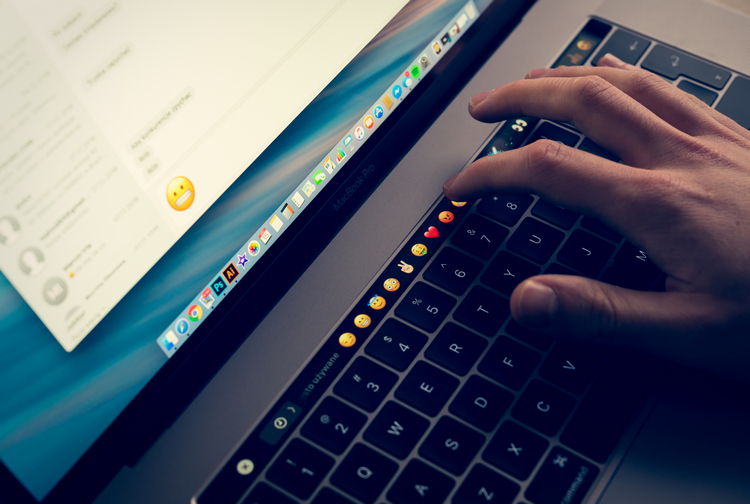
People are once again talking about the MacBook keyboards, but very few are raving about it now. Apple’s laptop keyboards are legendary and they have been for the right reasons, providing great comfort, tactile feedback and response, coupled with an amazing touchpad. Even diehard Windows fans would acknowledge Apple did it better.
You can hear from any veteran Mac user near you about the joy of typing on an old MacBook (God knows, they want to tell you about it). While the older keyboard produced a pleasant noise during typing, it’s key travel was rumoured to be absolutely perfect for a laptop keyboard and it also allowed you to type for long hours without feeling any fatigue. It was never pillowy, yet it was springy and well-spaced enough to allow you to cruise through long documents with ease.

Butterfly Effect
All that changed with the butterfly switches in the new MacBooks, starting with the 12-inch MacBook in 2015, and then the MacBook Pro models in 2016 and 2017. With each iteration, the keyboard has been improved slightly, but one of its biggest problems has persisted. The new butterfly switches meant the height of the keys could be trimmed down to accommodate the thinner build of these new laptops. They also meant there would be very little gap between the keycaps and the keyboard deck.
Apple claimed the new switches provide the same kind of feedback that macOS users are familiar with, despite the shorter profile. Unsurprisingly, initial reactions and reviews praised Apple’s new approach, but there were some who speculated that the design would lead to key-jamming or stuck keys. As it turned out, those fears were entirely true.

Lawsuits Incoming
If the old MacBook keyboard was heavenly, the new one was hellish. It makes you feel like you are hammering down on a metal sheet. It has almost non-existent key travel. It looks flat and before you start typing, you might wonder if it’s actually a touch keyboard. But these are actual keys and just one speck of dust can bring this keyboard down.
Faced with class-action lawsuits, Apple belatedly responded last week by giving users free replacements and refunds for any repairs related to the keyboard. Prima facie, the company has taken a positive step – I mean who doesn’t want free replacements for expensive broken things – but it did take its sweet time acknowledging the issue, which outraged fans.
The new replacement program is available for the 12-inch MacBook (Early 2015 to 2017), the 13-inch MacBook Pro (2016 to 2017) and the 15-inch MacBook Pro (2016 to 2017).

Lessons from Batterygate
And it’s not the first time we have seen Apple respond to user complaints by offering free replacements or rebates. Just this year, we had the major Batterygate controversy when Apple announced similar free replacements, after it was found that it slowed down older iPhones deliberately to preserve aging batteries.
It’s fairly easy to get dust in the narrow gap between the key-caps and the top deck. Even a single speck can jam the keys as we now know.
Why Sell It?
Coming back to the laptops, the official word is: yes, the MacBook keyboard is flawed and Apple will fix it for free. But at the same time, Apple continues to sell MacBook models with these keyboards, which means those who buy it now will likely have to visit an Apple Store to get a free keyboard repair or replacement in the near future.
In most industries, a flawed product is recalled; we can think of cars, instant noodles and even flagship smartphones being recalled for a major flaw – and a broken keyboard is most definitely a deal-breaker for a laptop without a touchscreen. So how is Apple allowed to get away this anomaly?
Apple’s track record in acknowledging problems in the past has been terrible. We all remember Apple ignoring reports of iPhone 6 and 6 Plus bending easily, but turns out Apple did know about the weaker build in those phones.
Court documents revealed Apple tested and released those phones knowing they would bend, so would it be a surprise if something similar happened with the new MacBook keyboards? It’s highly unlikely that Apple did not stress-test the MacBook keyboard, considering how easy it is to get dust in the narrow gap between the keycaps and the top deck. Even a single speck can jam the keys as we now know. So how did Apple’s engineers not see this flaw which seems to affect millions of users on a daily basis?
If you think jammed keys is not a big deal in the real world, just look at some of the ridiculous things people have tried to fix them, including blasting canned air to remove dust – it’s actually the official fix recommended by Apple, as you can see in the below image:

At one time, Apple devices used to ‘just work’ but now you need to be armed with an assortment of homemade solutions (and official dongles) to get them working.
So bad is the keyboard, even Apple loyalists such as John Gruber have questioned it:
“Say what you want about the feel (and sound) of these new keyboards, the one thing that must be true for any good keyboard is that it has to be reliable. Like totally reliable. So reliable that it’s confusing when something does go wrong. That’s how Apple laptop keyboards have always been, dating back to the earliest days of the PowerBooks. There’ve been some I didn’t enjoy — the squishy-feeling iBook G3 keyboard comes to mind — but they’ve always been reliable.
I find these keyboards — specifically, the tales of woe about keys getting stuck or ceasing to work properly — a deeply worrisome sign about Apple’s priorities today.”
It’s simply not done; Apple can give people as many free keyboards as it wants but as long as it continues selling the same MacBooks with the same flawed keyboards, it’s essentially having a big laugh at your expense. And this is Apple, so it’s some expense.











k